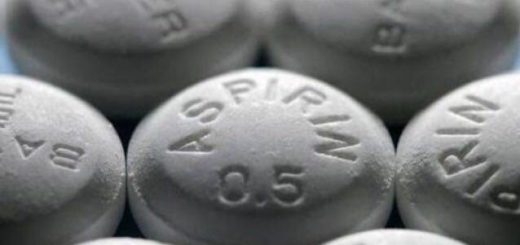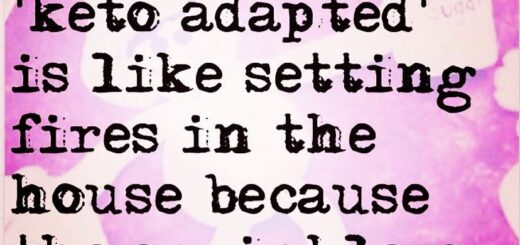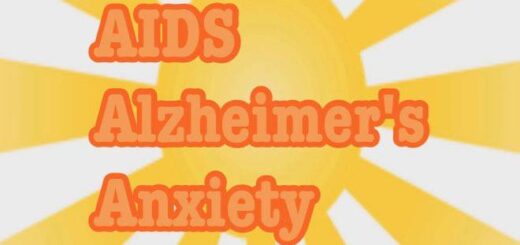Big Aspirin.
 ‘Inflammation, interfering with cellular energy production, is probably the essential feature of the things called diabetes.’ Ray Peat PhD
‘Inflammation, interfering with cellular energy production, is probably the essential feature of the things called diabetes.’ Ray Peat PhD
Even though sugar consumption gets popularly believed to be responsible for the onset of type 2 diabetes and related illnesses, experiments suggest otherwise. Instead, they point to inflammation and associated factors. It includes insulin resistance, blood sugar dysregulation, and high blood fat levels, particularly polyunsaturated fats.
Limiting fat intake and increasing consumption of easy-to-digest sugars and other dietary measures have been shown to help lower cortisol and restrict the release of polyunsaturated fats (PUFAs) out of storage.
Both of these stress metabolism signs (rising cortisol and exposure to PUFAs) are known to be involved in promoting the symptoms of diabetes, and there is science showing that aspirin can be an effective and safe therapy.
The above quotations got taken from one study. It showed that aspirin treatment, via mechanisms decreasing inflammation and free fatty acid release, improved all measures of hyperglycemia. And it caused an appreciable increase in insulin sensitivity and glucose oxidation and vastly improved symptoms in patients with type 2 diabetes without any noticeable severe or long-term side effects.
Similarly, sufficient consumption of sugar from sweet, ripe, juicy fruits, fruit juices, honey and white sugar is understood by some to be able to promote improvements in thyroid function, limiting stress and the release of PUFAs out of storage.
It makes sense, from a biological perspective, that this might then be able to help reduce exposure to inflammatory stress substances. It includes cortisol, thereby lessening insulin resistance, protecting against hyperglycemia, increasing cellular energy production, and protecting against developing or worsening type 2 diabetes symptoms and related conditions, including obesity, cardiovascular disease, and cancer.
Read through the above study and the other studies attached below, and make up your mind.
I’m not a doctor, and this is not a prescription or health advice, but information like this is available for all to go through, and I think it’s a good idea to at least have a look.
Copyright 2021, by Dan M @ CowsEatGrass. All rights reserved (except for quotations and images having their own protected copyrights). This copyright protects author-publisher Dan M’s right to future publication of his work in any manner, in any and all media — utilizing technology now known or hereafter devised — throughout the world in perpetuity. Everything described in this publication is for information purposes only. The author-publisher, Dan M, is not directly or indirectly presenting or recommending any part of this publication’s data as a diagnosis or prescription for any ailment of any reader. If anyone uses this information without the advice of their professional health adviser, they are prescribing for themselves, and the author- publisher assumes no responsibility or liability. Persons using any of this data do so at their own risk and must take personal responsibility for what they don’t know as well as for what they do know.
See more here
J Clin Invest. 2002 May 15; 109(10): 1321–1326. Mechanism by which high-dose aspirin improves glucose metabolism in type 2 diabetes. Ripudaman S Hundal, Kitt F Petersen, Adam B Mayerson, Pritpal S Randhawa, Silvio Inzucchi, Steven E Shoelson, Gerald I Shulman.
Image: ACP InternistWeekly: Artist Unknown
“We find that compliance improves when you only have to take one pill a day.”



